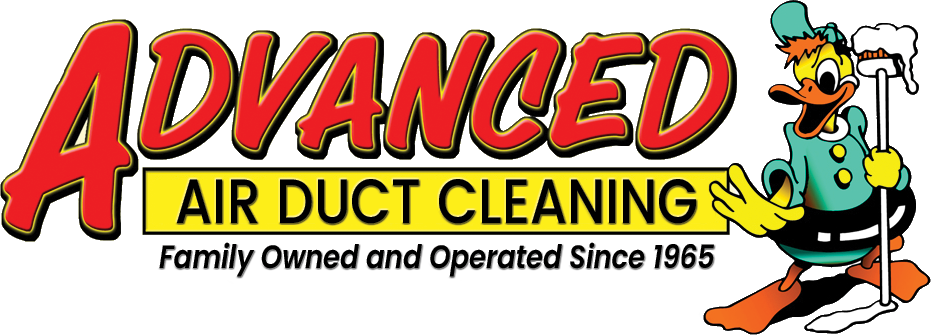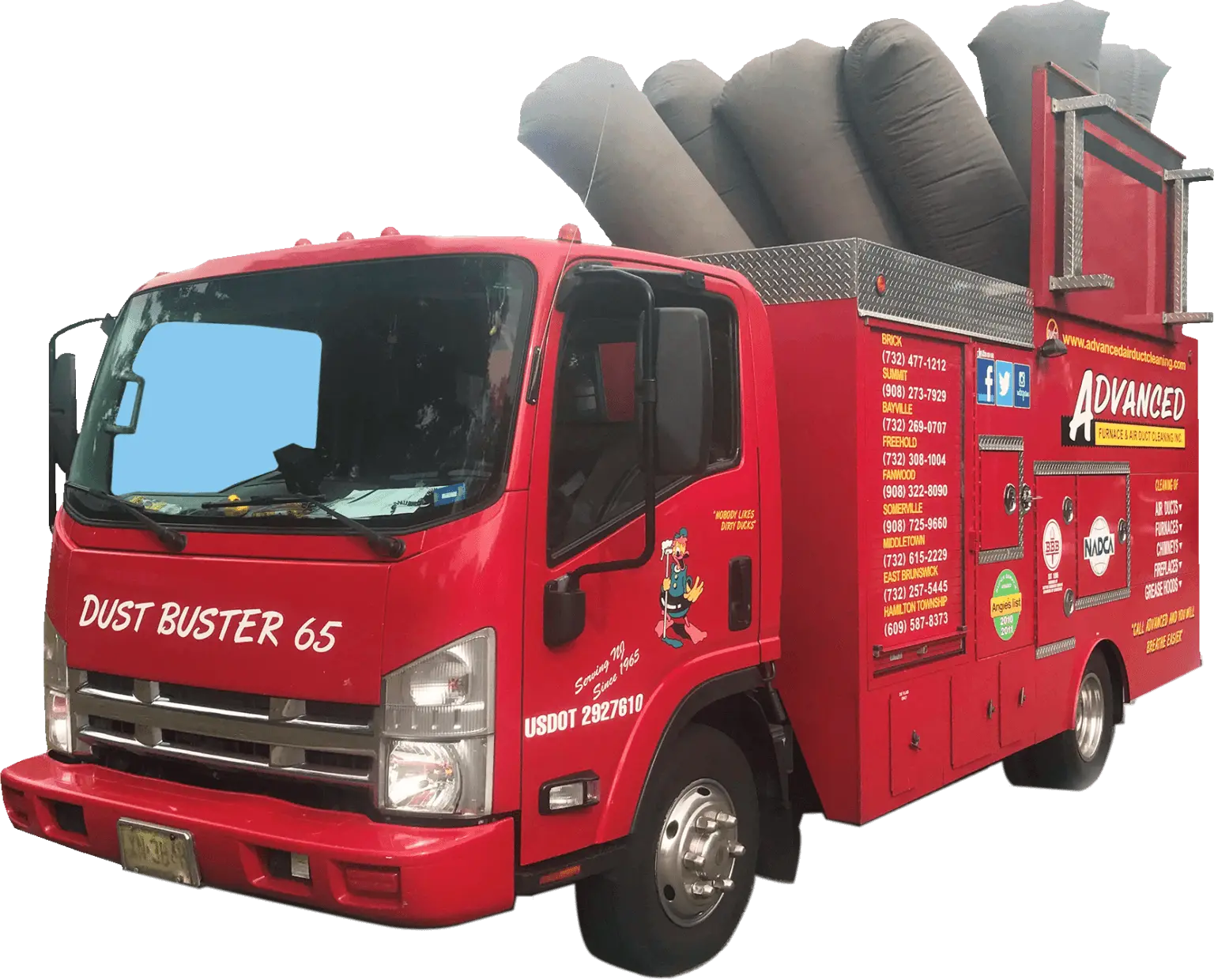Let’s start with the facts…
Environmental tobacco smoke (ETS) contains about 4,000 chemicals, including 200 known poisons such as formaldehyde and carbon monoxide, as well as 43 carcinogens.
ETS causes:
1. 3,000 lung cancer deaths a year
2. 35,000 to 50,000 heart disease deaths in non-smokers a year
3. 150,000 to 300,000 cases of lower respiratory tract infections in children under 18 months of age each year
4. Between 200,00 and one million asthmatic children to worse in their condition
So what does this have to with your home…
Environmental tobacco smoke better known to most as “secondhand smoke” is a major indoor air pollutant. Smoke travels throughout your entire home. It cannot be confined to only one room even with the door shut. Smoke travels through doors, windows, and even cracks. While opening your windows and using fans may help, it does not eliminate smoke from your home.
As smoke travels throughout your home, you can definitely expect it to travel through your HVAC system. Once pulled into your system ETS is then distributed throughout every room in your home. Containments are pulled into your HVAC system and re-circulated 5 to 7 times per day, on average (EPA). Therefore, you and your family are constantly and continuously breathing in secondhand smoke throughout the entire day.
ETS is not only circulated but it can also be found settling within your home. Due to the complex mixture of chemicals in tobacco smoke, certain chemicals like nicotine can be psychically seen and found on things in your home. You probably have seen a yellow film that stains your walls or a brownish residue on fabrics like your curtains. These are all evident signs that ETS is present and building within your home. While these signs can be visibly seen by the human eye, the chemical build up from secondhand smoke in your ductwork is not as easily identified.
Over time continuous re-circulation of ETS begins to cause buildup of nicotine and other chemicals inside your ductwork. It creates and leaves a buildup of residue that is oily and sticky in nature. Due to the residue’s consistency, other irritants such as dust and pollen stick to and build up in your ductwork. Every time air is passed through your ductwork, it passes over the residue picking up particles of the nicotine and other chemicals as well as the dust and pollen; and then circulates it throughout your entire home. This process adds to and causes an increase in indoor air pollution.
How to tell if ETS is building in your ductwork?
Firstly, if you see build up and residue on things in your home such as, walls, curtains and other things then it is safe to assume that it is in your ductwork. Another good sign to follow is to listen to your nose. If every time you turn on your system and you smell an increase or strong tobacco odor then you can expect to find a buildup in your ductwork.
How can air duct cleaning help?
If you or someone in your home smokes or you have just purchased a home and the previous owners smoked; you have your air ducts cleaned. Your ductwork is the lungs of your home and if it is contaminated then so is the air you and your family are breathing. Air duct cleaning will remove all containments including tobacco smoke residue from inside your ductwork system. Once the system is cleaned and all containments are fully removed, your system is then sanitized. The sanitizer will help to kill remaining bacteria and eliminate any lingering odors. A clean ductwork system is the only way to ensure full removal of ETS buildup.
The National Air Duct Cleaners Association recommends having your air ducts cleaned every three to five years; however, if you or someone in your home smokes it is highly recommended to have your air ducts cleaned more frequently to ensure a better indoor air quality for you and your family.

